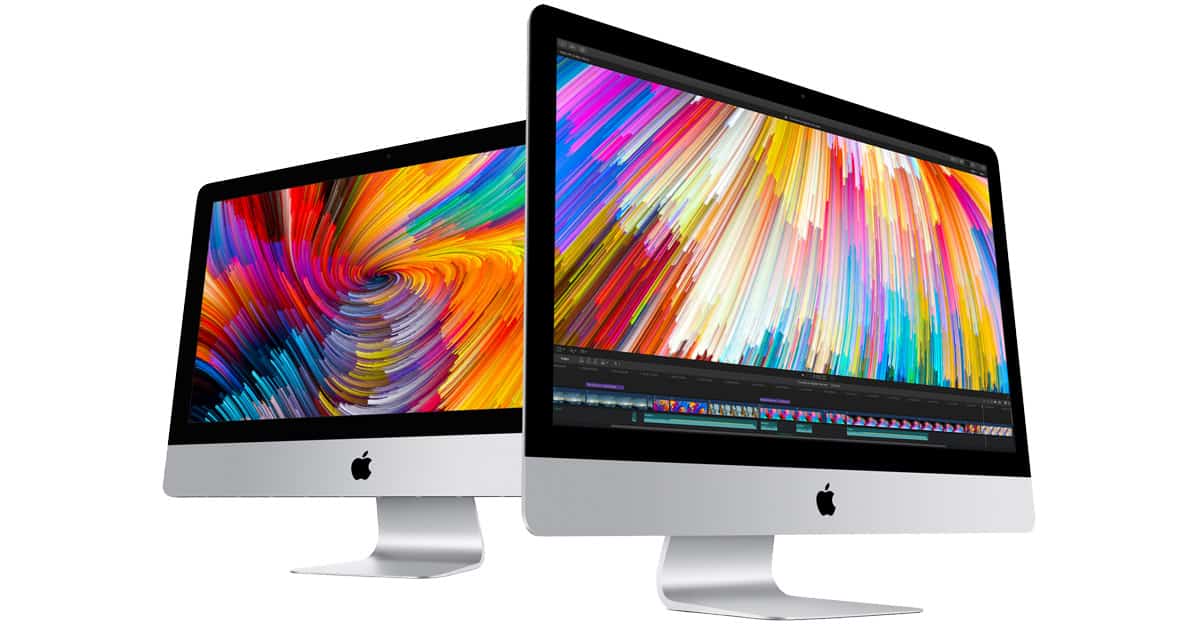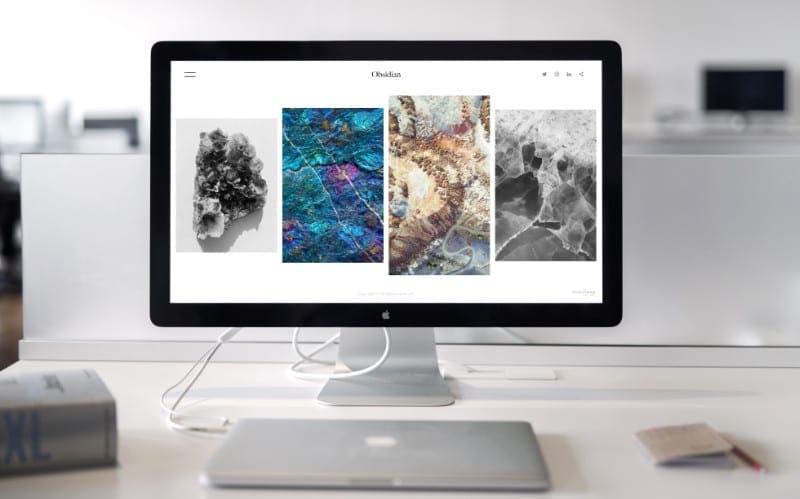
Having become accustomed to such a responsive setup I’d find ScreenRecycler’s lag distracting. I’m an advocate of the multi-monitor setup-I use two 23-inch monitors with my Mac Pro. The iMac can work as a place to throw program palettes or documents you want to read rather than extensively work with. For this reason, I’d maintain the MacBook Air’s screen for objects that move a lot-windows that display movies or you use for photo editing.

That lag will produce artifacts on the iMac’s display when you move objects on that screen. The severity of that lag depends on the speed of your network. And by that I mean that there is very definitely a lag between one computer and another. Now to the important point: How’s the performance? Tolerable, depending. You do this within the Scr.Recycle1 window that appears on the MacBook Air’s screen.Īrrange your monitors in the Displays system preference It’s likely that you’ll also have to adjust the resolution of the ScreenRecycler display. You can now arrange the position of these displays by dragging the second one into the proper position (to the right of the main display if the iMac sits to the right of the MacBook Air, for example). You should see two monitors represented-the MacBook’s display and the ScreenRecycler display (which appears within the VNC client window on the iMac).

Open the MacBook Air’s Displays system preference. If needed, enter that address information into the VNC client and, in short order, you should see an image from the MacBook Air appear on the iMac’s screen. ScreenRecyler will tell you the address to use for your connection if it and the VNC client don’t automatically connect over Bonjour.
#Use macbook as second monitor for imac trial#
On the iMac (the Mac you’ll use as the display) launch a VNC client (a trial copy of Stein’s $40 JollyFastVNC is included).


 0 kommentar(er)
0 kommentar(er)
